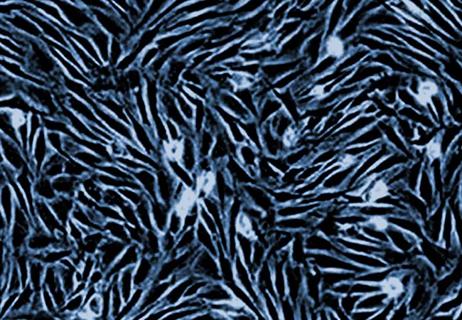A neurocritical care specialist shares what’s spurring growth of this new evaluation approach
Multimodal monitoring in the neurointensive care unit involves the continuous, simultaneous evaluation of a patient’s cerebral and systemic function using a diversity of modalities. Like other leading centers, Cleveland Clinic is increasingly using multimodal monitoring for patients in its neurological ICUs with devastating neurologic injuries.
Advertisement
Cleveland Clinic is a non-profit academic medical center. Advertising on our site helps support our mission. We do not endorse non-Cleveland Clinic products or services. Policy
Because this monitoring approach is novel to many, it was an ideal focus for the newest episode of Cleveland Clinic’s Neuro Pathways podcast. In this 16-minute podcast, Christopher Newey, DO, Medical Director of Multimodal Monitoring at Cleveland Clinic, addresses topics including the following:
Neuro Pathways podcast host Glen Stevens, DO, PhD, also asks Dr. Newey, a neurocritical care specialist, about how neuro ICU patients and care processes have changed since the advent of COVID-19.
Click the player below to listen to the podcast now, or read on for a short edited excerpt. Check out more Neuro Pathways episodes at clevelandclinic.org/neuropodcast or wherever you get your podcasts.
Dr. Newey: We’ve been talking about [multimodal monitoring] for years and now it’s reached the point of becoming more feasible. The technology is catching up to the ideas. We’ve got better software and hardware. And a lot of people are becoming very interested in this field, to the point where I’m now part of a national group that’s looking at creating standards and guidelines for what exactly constitutes multimodal monitoring. We’re exploring issues like: What do you have to monitor? How much do you have to monitor? Ultimately, the goal will be to see if we can create or lobby for some CPT codes so that clinicians who do this can get reimbursed for the work they’re doing and the care they’re providing.
Advertisement
So it’s an exciting time. This field is still in its infancy, and it’s been fun watching it grow over the past few years.
Advertisement
Advertisement

Q&A with Brain Trauma Foundation guideline architect Gregory Hawryluk, MD, PhD

Q&A with newly arrived autoimmune neurology specialist Amy Kunchok, MD

Focused ultrasound offers a newer alternative to deep brain stimulation

Prehabilitation can help improve outcomes after spine surgery

Get ready for central vein sign and optical coherence tomography

How these new drugs fit into practice two years out from their first approvals

Pharmacologic, procedural and surgical treatments abound

Research still needed for many unknowns